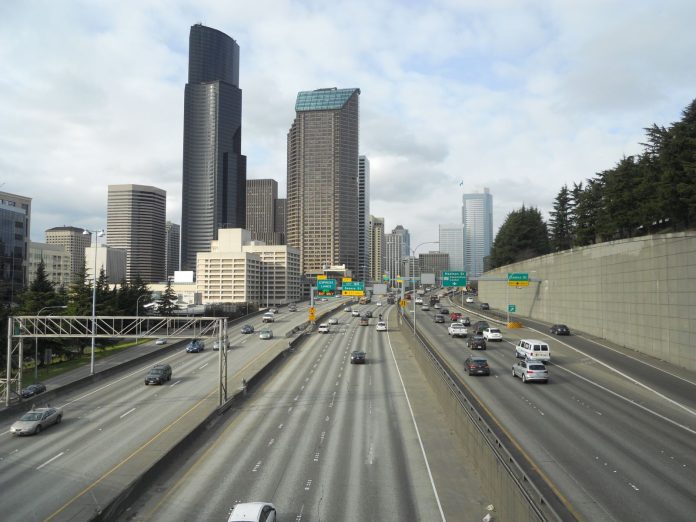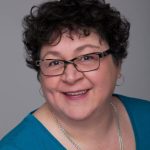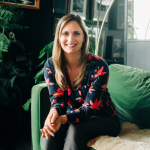
Seattle is facing an inflection point of compounding crises: Housing costs are pushing families out of the city, roadway deaths and injuries continue to rise, and scientists urge decarbonization. Our new City Council is in the unique position to move us down the right path on these issues. The pending renewals of Seattle’s Comprehensive Plan and transportation levy present opportunities to shape a city that works better for living and working here.
Mayor Harrell proposed an eight-year, $1.45 billion transportation levy, which Councilmember Rob Saka has proposed bumping up to $1.55 billion. The proposals rightly focuses on evolving the transportation network to help people who walk, use wheelchairs, ride bikes, and ride the bus. However, our city streets are not the only part of this system: Road transportation causes 66% of Seattle’s greenhouse gas emissions and our urban freeways are a major, carbon-intensive part of how we get around. Urban freeways must be addressed in the levy.
Seattle’s freeways – from Interstate 5 and 90 to State Route 99 and others – are antiques of the 1950’s and 1960’s. They ripped through redlined neighborhoods like First Hill and South Park. Today, freeway noise and air pollution contribute to intergenerational health impacts such as asthma. Built when Seattle’s population was about half of what it is now, many freeway structures are beyond their planned lifespan.
The fate of the crumbling Alaskan Way Viaduct (rest in pieces), one of the oldest freeway structures, is a sign of things to come. The Washington State Department of Transportation is continuing to address the longevity of this infrastructure, especially regarding earthquake resilience, and we need to be prepared by having reconstruction mitigation and public benefits planned ahead of time.
As our freeways have aged, so have the ideas that led to them. Today, urban neighborhoods growing up around these freeways are home to a diversity of people who use a variety of transportation options to get around, in addition to the car. Our new Seattle Transportation Plan shows that people like to walk to corner stores, bike to parks, and take the bus to work. For many of the nondrivers in Seattle, including low-income people and people with disabilities, avoiding the $12,000 annual cost of car ownership is less of a choice and more of a necessity. Seattleites know that our transportation portfolio needs to be diversified to prioritize local needs over those of suburban commuters.
The City Council can be part of popular solutions that have been in the works for years. A citywide coalition has proposed a $40 million package to advance ongoing projects like designing I-5 lids in multiple neighborhoods (supporting new street connections, parks, and affordable housing), remaking Aurora Avenue for safer crossings, and reconnecting the Duwamish Valley community around SR 99. Other important ideas need seed money to get started, like activating the gritty I-5 underpasses in Chinatown-International District, reconnecting Jackson Park and Georgetown around I-5, and making Rainier Avenue safer for accessing light rail at I-90. The Washington State Department of Transportation has been an ongoing partner in many of these efforts and welcomes additional local commitments.
Seattle taxpayers understand the costs and benefits of big infrastructure investments. Polling finds that when voters understand what they are paying for, a majority support a larger transportation levy. Polling also shows that most people support the principles of the urban freeway mitigation proposal, including making it safer to travel on surface freeways and lidding freeways in core neighborhoods like Downtown and the University District.
This $40 million proposal is a small fraction of the overall levy, and yet it can lay the groundwork to unlock millions in state and federal funding and spur environmental and mobility benefits around all seven city council districts.
Learn more in the letter to Council, and share your ideas with the Select Committee on the 2024 Transportation Levy at council@seattle.gov or attend the next public hearing today (June 4) at 4:30pm. Together, we can build a more connected, sustainable, and equitable city.



